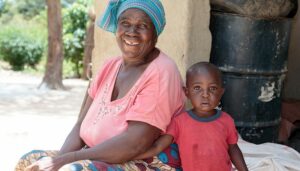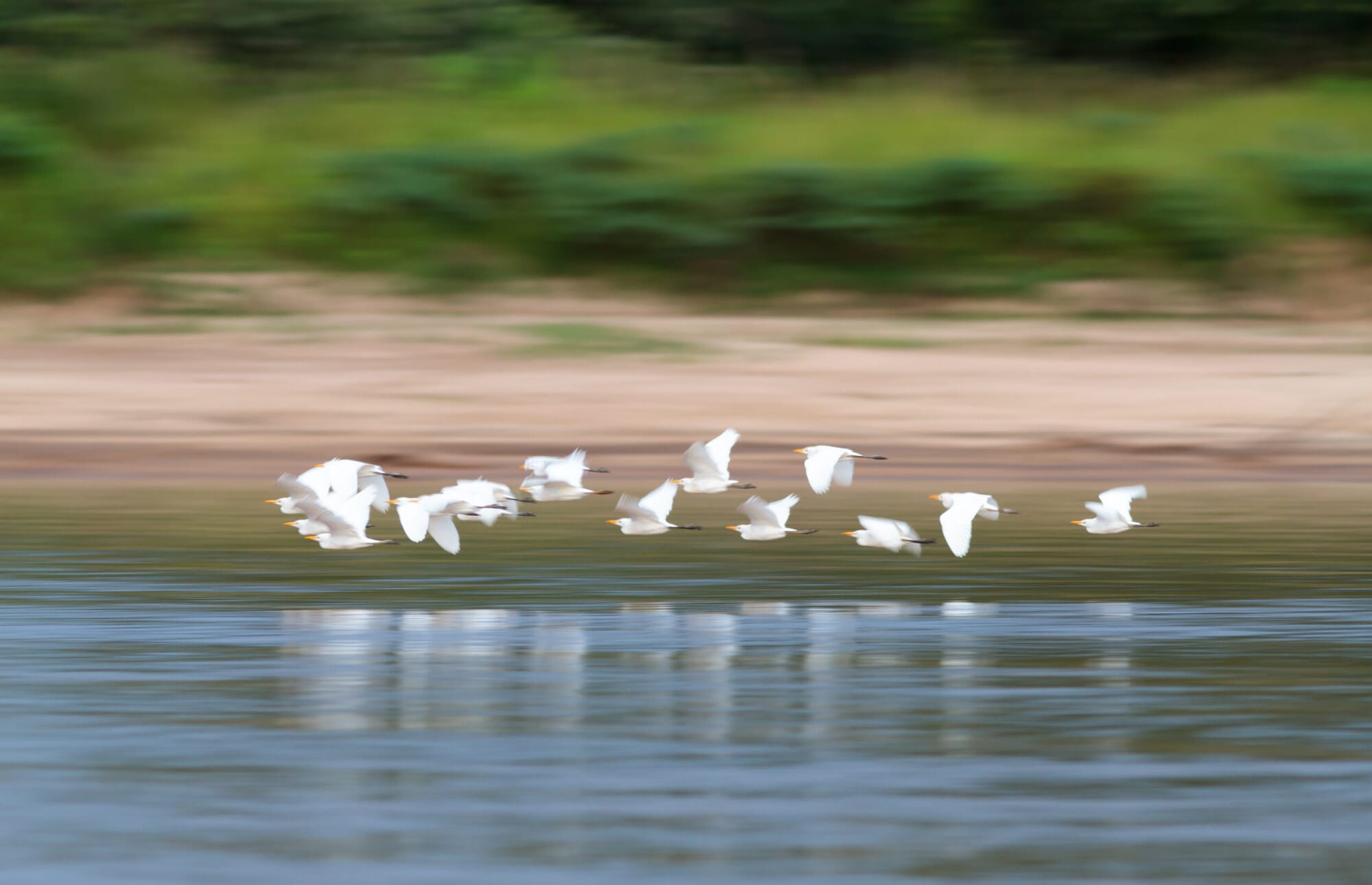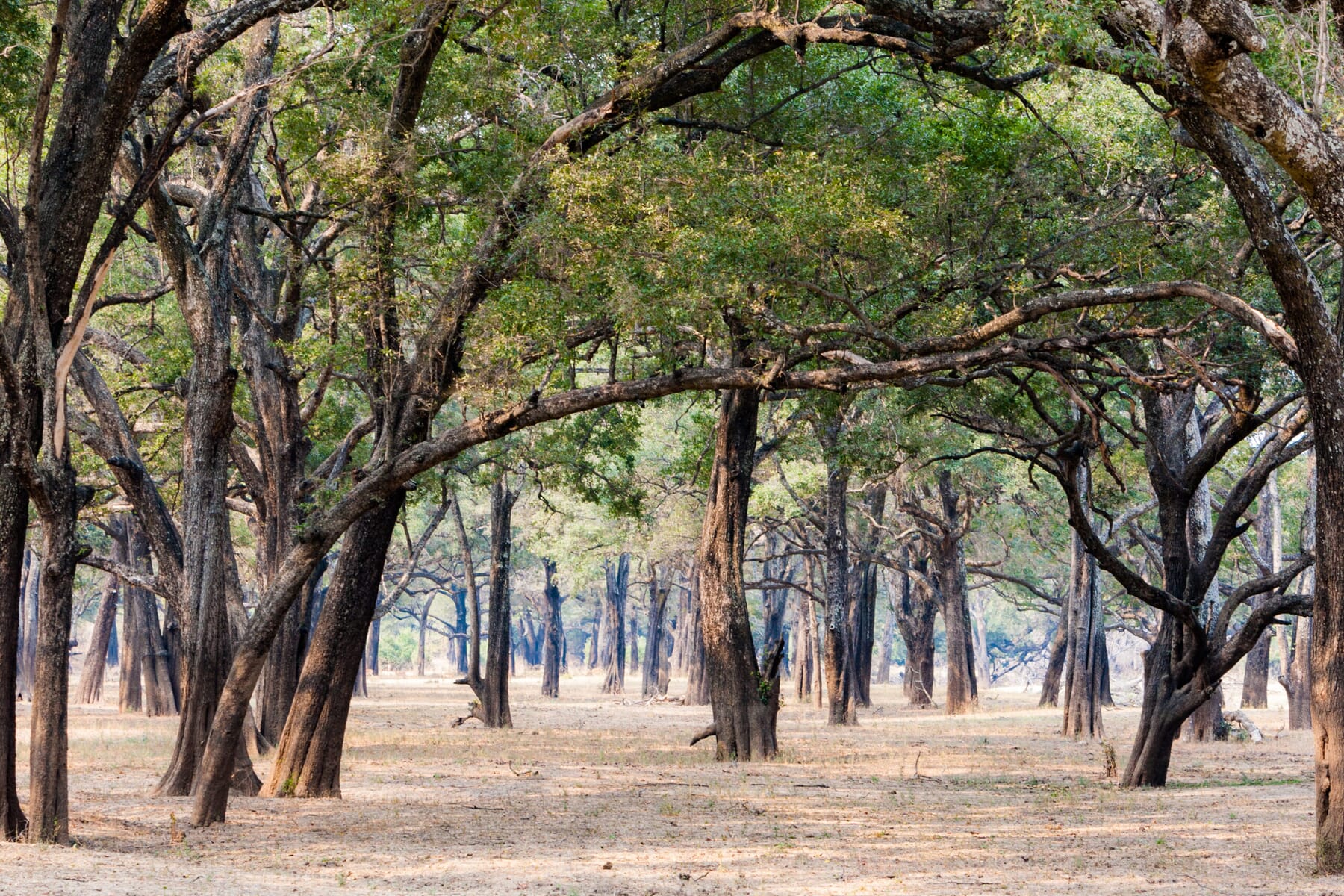What does it mean to be Carbon Neutral?
Being carbon neutral means neutralizing emissions of CO₂. This can be achieved by finding alternative practices to activities that cause emissions (for example, using solar power instead of fuel) or it can be achieved by purchasing Forest Carbon Offsets to `counterbalance` unavoidable emissions.
In early 2016, BCP, in partnership with the Department of National Parks and Wildlife and Conservation Lower Zambezi, achieved the world’s first carbon-neutral park from operations in the Lower Zambezi National Park in Zambia. Since then BCP has also enabled the Luembe National Park in Luangwa to become Africa’s second carbon neutral National Park.
Is buying Forest Carbon Credits a `license to pollute`?
Buying Forest Carbon Offsets is NOT a license to pollute. It is a step you can take towards combating climate change. Buying offsets is not intended to replace other necessary efforts to reduce emissions, however, it is intended to enhance and complement other options available, and to provide a solution for offsetting “unavoidable” emissions that are otherwise unable to be reduced any further at this time, due to current technological or other constraints.
It’s important to remember that carbon neutrality offsetting is an important part of the solution to what is otherwise a very large and complicated problem of needing to radically transform the way that global businesses and economies adapt to address the negative effects of climate change, including reducing harmful emissions.
Why doesn’t BCP plant trees?
At BCP, our purpose is to protect intact, natural forests. Another term for REDD+ is “Avoided deforestation”. Even though tree planting is not our main focus, we do work with the Forestry Department, schools, and our partners to set up tree nurseries. These nurseries grow trees that have value to local communities through soil fertilization, sources of traditional medicine, food, and more.
What is ‘Free, Prior and Informed Consent’?
BCP adheres to the principles of obtaining Free, Prior, and Informed Consent. This crucial step in our REDD+ project development process ensures communities fully understand the proposed project, forest boundaries, and consent to participate in the project. The principles of Free, Prior and Informed Consent were first developed by the United Nations and are internationally recognized.
Free, Prior and Informed Consent is also widely recognized as a best practice for REDD+ project development.

What does “verification” mean, against the Verified Carbon Standard and Climate, Community & Biodiversity Standards? Why is it important?
BCP’s projects are verified and validated by the Verified Carbon Standard and the Climate, Community and Biodiversity Standards. The Verified Carbon Standard has a robust quality assurance standard that projects use to calculate carbon emissions and issue Forest Carbon Offsets also known as Verified Carbon Units or Carbon Credits.
The Climate, Community and Biodiversity Standards were developed by a partnership of leading international organizations with a mission to stimulate and promote land-based carbon activities that credibly mitigate climate change, improve the wellbeing of, and reduce poverty of local communities, while conserving biodiversity. BCP has gold level validations against all 3 Community and Biodiversity Standards for exceptional and positive impacts on local communities and biodiversity.
These two independent and internationally-recognized certifications ensure that BCP’s Forest Carbon Offsets represent real, verified emissions reductions impacts, that will prevent actual tons of carbon dioxide emissions from entering our atmosphere while creating tangible benefits for local communities and protecting wildlife.
How do I know the benefits from BCP are true?
Our Forest Carbon Offsets are issued after a strict validation and verification process complying with an independent and international credit-issuing standards authority called the Verified Carbon Standard. This is the global leading standard available in the carbon market today. The Verified Carbon Standard oversees a rigorous audit process before issuing Verified Carbon Units, also known as Forest Carbon Offsets. Additionally, BCP has chosen to achieve accreditation under a second standard known as the Climate, Community, and Biodiversity Standard. This second standard validates the project’s impact on conservation and tangible benefits to local communities.
How will my purchase benefit local communities and reduce deforestation?
Our Forest Carbon Offsets are issued after a strict validation and verification process completed by independent audit firms (BCP has used DNV, ESI and SCS in the past) against independent and international standards authority called the Verified Carbon Standard (VCS) and Climate, Community and Biodiversity Alliance (CCBA) Standard. VCS is the global leading standard available in the voluntary carbon markets today. The Verified Carbon Standard oversees a rigorous audit process before issuing verified Forest Carbon Offsets. BCP has chosen to target accreditation under the Community, Conservation and Biodiversity Standard to validate our impacts on conservation and community benefits
BCP is also a certified B Corp. B Corps are for-profit companies certified by the nonprofit B Lab to meet rigorous standards of social and environmental performance, accountability, and transparency. Of the world’s 2,100 B Corps, BCP is scored 3rd overall globally for our certified social and environmental impacts.
Your purchase provides new opportunities for communities. No longer do they have to choose between protecting their forest or earning a living to feed and educate their families – your purchase empowers them to do both.
Choosing to offset your carbon footprint with BCP means you are providing real benefits. Local communities benefit from an increased quality of life through access to clean water, better educational opportunities and alternative sources of livelihood. Precious forests are conserved and endangered wildlife species are given a chance to prosper in a protected environment.
When you buy Forest Carbon Offsets you are helping to secure the longevity of existing forests. The proceeds generated from the sale of carbon offsets are paid directly to the communities that are tasked with conserving their forest environment and preventing deforestation. We aim to ensure that the amount received from your carbon offset purchase is higher than the profits that could be derived from commercial agriculture or other land-use choices – thereby incentivizing communities to take an active role in forest conservation both for their own benefit and for the benefit of climate change mitigation as a whole.
What are Forest Carbon Offsets?
Forest Carbon Offsets, also known as Verified Emissions Reductions or Carbon Credits, represent the avoidance of carbon dioxide (CO₂) emissions, from being released into the atmosphere. 1 Forest Carbon Offset is equivalent to 1 metric ton of carbon dioxide emissions that was not emitted because our project is protecting trees that would have otherwise been cut down. By protecting trees from the threat of deforestation, we are ultimately preventing carbon stored in trees from being released as carbon dioxide emissions from deforestation and negatively impacting the climate.
The scientific measure to quantify the carbon stored in trees follows the principles of `Allometry`. This is the study of the relationship between the growth of one part of an organism in relation to the entire organism. A tree’s trunk, height, and span of the branches are taken into account – our community Forest Monitoring Team measures sample tree plots in our project zone regularly to calculate their carbon content. During an annual external audit, this process is again observed, checked, and tested to ensure its accuracy before any issuance of Forest Carbon Offsets is approved by the Verified Carbon Standard.
REDD+ projects generate Verified Emissions Reductions – or “Offsets” or “credits” – through verification. By selling the verified Offsets that we generate, we are creating a value for forest protection. We then use revenue generated through the sales of verified Forest Carbon Offsets to fund ongoing conservation and community impacts through the project, and to create long-term, sustainable incentives for forest conservation among key partners and communities.
Has this model been proven?
Yes, the REDD+ model has been proven over the past ten years and is now ready to expand across vast areas with threatened forests. Globally, REDD+ projects are already meeting rigorous third-party standards, protecting 14 million hectares of threatened forests, and reducing emissions by 22 million tons of CO₂ annually. These projects are informing and linking with national REDD+ policies and international REDD+ frameworks, led by the United Nations REDD+ Program. Responsible corporations are already beginning to address their unavoidable greenhouse gas emissions by investing in forest conservation through the purchase of REDD+ forest carbon offsets. There is now geospatial data available to show that Payment for Ecosystem Services projects such as REDD+ projects is achieving demonstrable impacts towards conserving threatened areas of forest and contributing to endangered wildlife conservation.
What is REDD+ (Reducing Emissions from Deforestation and Degradation)?
REDD+, known as Reducing Emissions through Deforestation and Degradation, is a sustainable development mechanism designed to reduce global emissions caused by deforestation through the creation of a financial value in the protection of carbon stored in forests, called Forest Carbon Offsets.
The `+` stands for landscape-level approaches that bring additional benefits to communities by understanding the link between improving people’s lives while addressing climate change.
Under the REDD+ mechanism, Forest Carbon Offsets are sold to companies and individuals looking to offset their carbon emissions and play a role in tackling climate change. The REDD+ model gives trees a greater value when alive, rather than cut down, thereby incentivizing responsible forest management and conservation.
REDD+ was created as a tool to value the carbon storage services our remaining forests provide, through international climate negotiations under the United Nations Framework Convention on Climate Change in 2007. The REDD+ mechanism has been further ratified by the Paris COP21 Climate Change Agreement. By making forests more valuable standing than cut down, the REDD+ model provides forest communities and countries with a new model for economic development — one where both people and the planet can benefit.
How does BCP protect wildlife?
Forests are key habitats to many wildlife species including elephants, lions, wild dogs, as well as small mammals, birds, and insects. By protecting forests, we are directly protecting these habitats that wildlife depends on. Additionally, by providing alternative sources of income, we reduce the chances of communities engaging in illegal wildlife activities such as poaching to supplement their income. In the Lower Zambezi REDD+ Project, we are pleased to record the return of key species, such as lion, wild dog, and buffalo. BCP partners with Community Resource Boards to patrol forest areas as part of a ‘boots on the ground’ solution. It is our hope that Zambia’s forests become more secure habitats for wildlife.
Why is BCP working in these areas?
We work in the Luangwa and Zambezi ecosystems because they are unique and unlike anything else in the world. They support some of the highest concentrations of biodiversity in the region. The mopane and miombo forests are home to numerous animals, including threatened species, such as lions, wild dogs and ground hornbills. The communities we work with live in customary land and in Game Management Areas on the edges of some of Africa’s greatest national parks. These areas are facing immense pressure from deforestation and the wellbeing of both people and wildlife depend on stopping deforestation before it destroys the ecosystem.
Why are trees important in combating global climate change?
Trees are the lungs of the earth, absorbing carbon dioxide and releasing life-giving oxygen into the atmosphere. When carbon dioxide is absorbed, it is stored in the roots, trunk, and branches of trees. When deforestation occurs, this stored carbon is released and combines with oxygen to create carbon dioxide (CO₂), a greenhouse gas that traps heat and warms our planet, intensifying the greenhouse effect and causing climate change. Deforestation accounts for approximately 15% of all global emissions and is a huge contributor to climate change.
How much carbon does one tree consume?
A lot! Let’s plant more…
Test FAQ Title
Test FAQ Content

